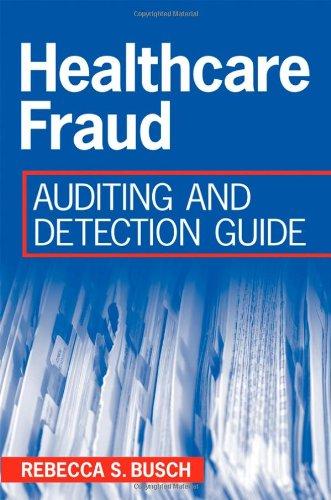The answers are vice versa. Which is the correct solution?

Variable overhead efficiency variance = ($2 x 14,300) - ($2 x 14,000) = $28,600 - $28,000 = $600 Unfavorable The variable overhead efficiency variance shows the impact of working fewer hours than standard for the actual production of 140,000 units. This resulted in $600 more variable overhead than standard. We can see that the sum of the variable overhead spending variance and the variable overhead efficiency variance does equal the total variable overhead variance ($1,000 Favorable + $600 Unfavorable = $400 Favorable) The fixed overhead variances are the fixed overhead spending variance and the fixed overhead volume variance. The fixed overhead spending variance compares actual fixed overhead with budgeted fixed overhead. Remember, fixed overhead is fixed, it does depend on the number of units produced or the number of direct labor hours worked. Fixed overhead spending variance = Actual fixed overhead - Budgeted fixed overhead Fixed overhead spending variance = $70,000 - $69,000 = $1,000 Unfavorable Thus, $1,000 less was spent on fixed overhead items than was budgeted. The volume variance occurs when actual production does not equal budgeted production. This is because fixed overhead is applied to production using standard direct labor hours allowed for actual production. If more units are produced than planned, there will be more standard direct labor hours and more fixed overhead applied to production. On the other hand, if fewer units are produced than planned, then there are fewer units over which to spread the budgeted fixed overhead. Fixed overhead volume variance - Budgeted fixed overhead - (Fixed overhead rate x Standard hours) Fixed overhead volume variance = $69,000 - $4.60 x 14,000) = $69,000 - $ 64,400 = $4,600 Unfavorable The overhead fixed overhead variance is $5,600 underapplied (or unfavorable). This is composed of the $1,000 Unfavorable fixed overhead spending variance and the $4,600 Unfavorable volume variance. Suppose Adler Company had made 15,200 units. The volume variance would have been is $ Favorable Three-Variance Method of Computing Overhead Variances The three-variance method collapses the variable and fixed overhead spending variances into a spending variance. It retains the efficiency and volume variances from the four-variance method. Spending variance = Actual overhead - (Budgeted fixed overhead + (Actual direct labor hours x Standard variable overhead rate)







